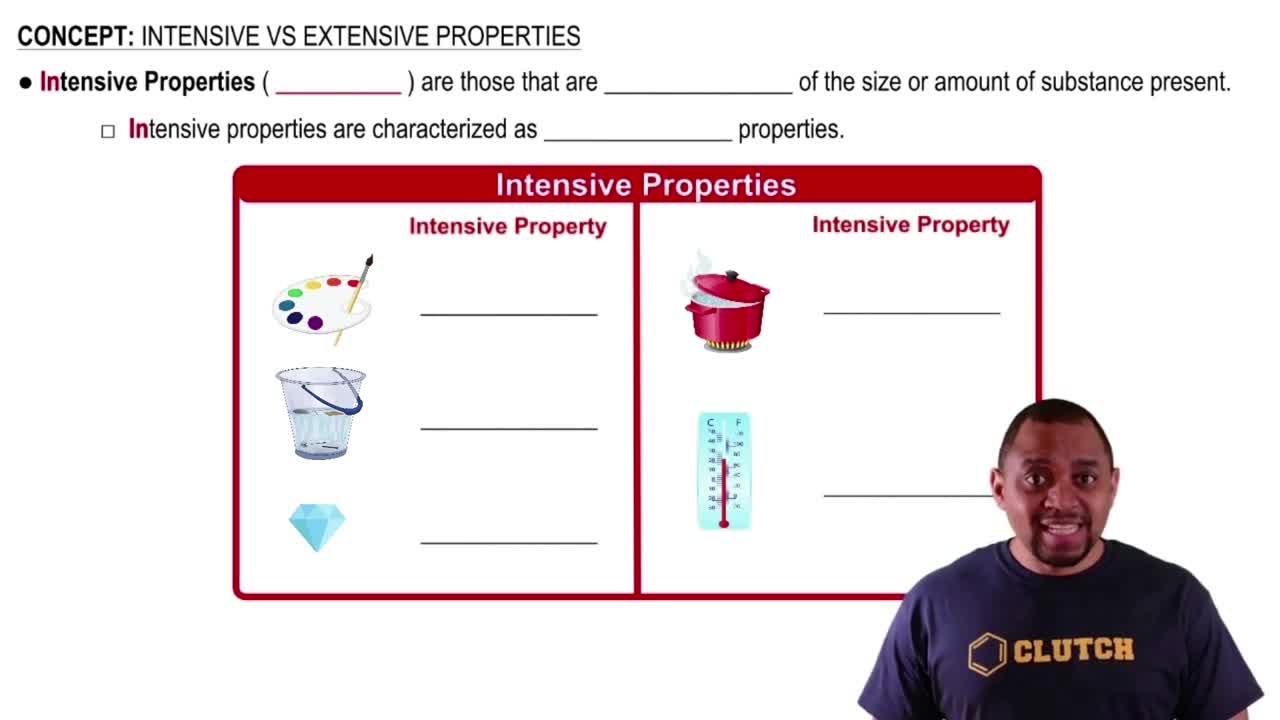An electron in a hydrogen atom relaxes to the n = 4 level, emitting light of 114 THz. What is the value of n for the level in which the electron originated?
An argon ion laser puts out 5.0 W of continuous power at a wavelength of 532 nm. The diameter of the laser beam is 5.5 mm. If the laser is pointed toward a pinhole with a diameter of 1.2 mm, how many photons travel through the pinhole per second? Assume that the light intensity is equally distributed throughout the entire cross-sectional area of the beam. (1 W = 1 J/s)

Verified Solution
Key Concepts
Photon Energy

Laser Beam Intensity

Photon Flux

Ultraviolet radiation and radiation of shorter wavelengths can damage biological molecules because these kinds of radiation carry enough energy to break bonds within the molecules. A typical carbon–carbon bond requires 348 kJ/mol to break. What is the longest wavelength of radiation with enough energy to break carbon–carbon bonds?
The human eye contains a molecule called 11-cis-retinal that changes shape when struck with light of sufficient energy. The change in shape triggers a series of events that results in an electrical signal being sent to the brain that results in vision. The minimum energy required to change the conformation of 11-cis-retinal within the eye is about 164 kJ/mol. Calculate the longest wavelength visible to the human eye.
An X-ray photon of wavelength 0.989 nm strikes a surface. The emitted electron has a kinetic energy of 969 eV. What is the binding energy of the electron in kJ/mol? [KE = 1/2 mv2; 1 electron volt (eV) = 1.602×10–19 J]
Ionization involves completely removing an electron from an atom. How much energy is required to ionize a hydrogen atom in its ground (or lowest energy) state? What wavelength of light contains enough energy in a single photon to ionize a hydrogen atom?
The energy required to ionize sodium is 496 kJ/mol. What minimum frequency of light is required to ionize sodium?
